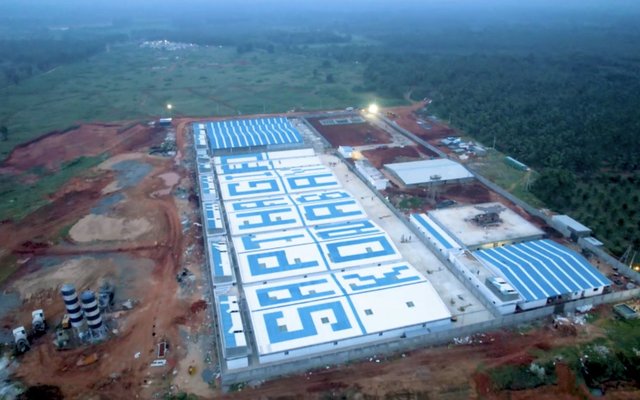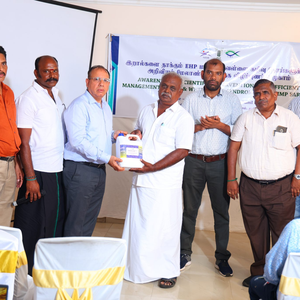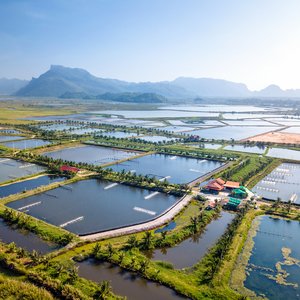Hendrix Genetics opened its new shrimp Breeding Multiplication Center (BMC) in Ranasthalam Mandal, Srikakulam District in the Andhra Pradesh region of India with over 300 attendees. In early 2022, the company established a joint venture with Sapthagiri Hatcheries, one of the largest hatchery businesses in India. This significant expansion marks a milestone in Hendrix Genetics' mission to enhance shrimp breeding and meet the growing demand for high-quality shrimp genetics in the Indian market.
The Indian BMC has a broodstock production capacity of 150,000 and is managed by Kona Bay, a subsidiary of Hendrix Genetics, under the local leadership of Deepak Patnaik. The opening of the BMC is also in line with the idea of Kona Bay’s will to decentralize its production to avoid high-risk export business, ensuring customers always have access to the company’s products.
“The PPL will be stocked in Q4 2023 from our Hawaii facility, and the first broodstock sales will take place in Q2 2024. We also have started to build our local team of experts, aiming for up to 40 employees,” said David Danson, director of operations and shrimp at Hendrix Genetics.
The BMC maintains the same genetics as the current imported broodstock from Hawaii, maintaining a Specific Pathogen Free (SPF) status. In addition, local sentinel and commercial challenges allow for a direct line of data to the breeding nucleus in Hawaii. Shrimp reared under Indian conditions will result in a more adapted and resilient shrimp suited for the Indian market, the company said.
The Indian BMC implements biosecurity measures, including its strategic location 1 kilometer from the ocean, a 2-kilometer exclusion zone around the site, state-of-the-art water filtration systems, effluent sterilization, internal quarantine and grow-out modules to keep batches separate.













